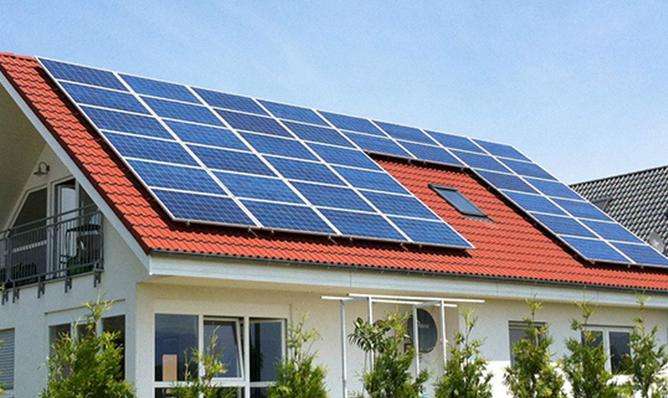1. When installing or maintaining the generator set, due to reasons such as unqualified clearance of the rotor and stator, bearings and dynamic balance of the rotor, the vibration of the unit during operation exceeds the standard, resulting in vertical vibration or horizontal vibration of the generator rotor exceeding the standard or because the ellipticity of the rotor slip ring is not qualified, the movement trajectory of the brush in the slip ring is not not a regular circle, which results in brush bounce, caused by mechanical vibrations. the reasons.
2. When the smoothness of the rotor slip ring due to external factors is between ▽1 and ▽7, if the smoothness is too bad, it will increase the contact resistance of the brushes, causing the brushes to ignite and spark prolonged. .
3. Brush compression spring pressure caused by brush fatiguecomes out or the overheating is too low, which will result in intermittent weak sparking caused by lack of treatment in time for a long time. surface of the slip ring. The oxide film is damaged, causing severe sparking on the brush.
4. During the installation or maintenance process, if the distance between the brush holder and the slip ring exceeds the standard or the gap between the brush and the brush holder is too large, the brush will oscillate in the direction of the speed. frame, which will cause not only noise but especially sparks.
5. The brush compression spring is blocked due to non-vertical pressure or welding, resulting in uneven shunting of the brushes, resulting in brush ignition.
6. Brush pressure is incorrectly adjusted during normal operation, causing the brushes to shunt unevenly, resulting in the brushes turning on.
Method oftreatment: If the pressure of the brush compression spring is too large or too weak and the brush shunt is uneven, the pressure of the compression spring should be adjusted appropriately. The material of the brush compression spring. The main requirement is to subject the brushes to uniform and stable pressure. The pressure difference between each brush must not exceed its average value + 10%. Brushes will continually wear during operation.
The brush spring should also be adjusted accordingly to try to keep the brush pressure virtually unchanged. Frequently checking the operation status and activity of the brush is an effective measure to ensure normal operation of the brush.
Detailed information
In order to ensure normal operation of the motor, it is very important to correctly select the brush model, because the materialshe raw materials and materials used in the manufacture of brushes Different processes have different technical properties. Therefore, when selecting a brush, the performance of the brush and the motor requirements for the brush should be carefully considered.
Signs of good brush performance should be: the brush has a long life and does not wear the commutator or collector ring; the brush has good switching and current collection performance, suppressing sparks within the allowed range. , and the energy loss is small; When the brush works, it does not overheat, the noise is low, the assembly is reliable, and it is not damaged.
The brush should be installed in the brush holder to ensure that it can move up and down freely. The space between the brush and the inner wall of the brush holder is 0.1-0.3mm to avoid excessive gaps. betweenthe brush and the broom holder. The distance between the bottom edge of the brush holder and the commutator surface should be kept approximately 2 mm. If the distance is too small, the brush holder can easily touch the commutator; if the distance is too great, the broom may vibrate and cause damage.
Baidu Encyclopedia - Carbon Brush
Baidu Encyclopedia - Slip Ring Brush
Normal slip ring sparks are blue. According to relevant public information, the sparks at the bottom edge of the carbon brush are regular, and the blue sparks are normal (no sparks indicate light charging). When the color of the sparks turns orange, it means that the load is heavy and requires special attention. When sparks fly outwards, this is a sign of a fault and requires stopping the vehicle for inspection.














